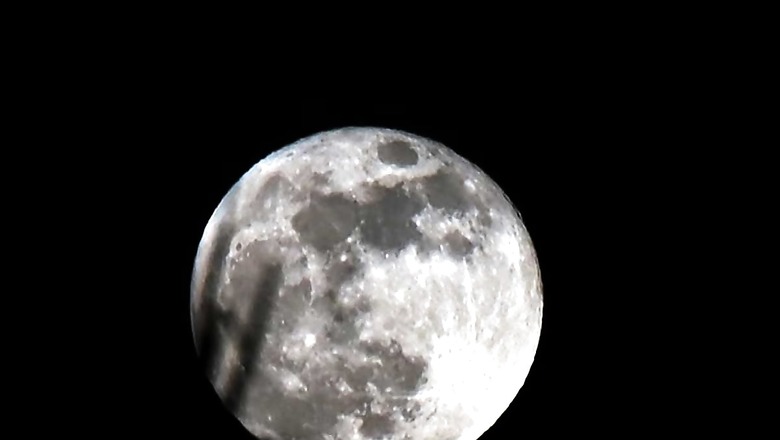
views
The Earth is set to welcome a “Mini Moon” officially known as 2024 PT5 by astronomers. The mini-moon, an asteroid having a diameter of approximately 10 meters (about 33 feet) will orbit our planet from September 29 to November 25. Astronomers have predicted its trajectory in a study published in the Research Notes of the American Astronomical Society.
While the occurrence of this mini-moon has been widely awaited by astronomers and space enthusiasts, the asteroid will not be visible to the naked eye. In fact, the 2024 PT5 will not even be visible to binoculars or amateur telescopes.
Only telescopes of professional grade will be capable of capturing the images of this celestial object as it transits the stars.
Dr Jennifer Millard of the Awesome Astronomy podcast noted that professional telescopes will capture images of the mini-moon.
“You’ll be able to see wonderful pictures online of this little dot speeding past the stars,” Millard told BBC.
This is an asteroid with a length of 10m, which is much smaller than the actual moon that is 3,474 km in diameter. According to the researchers, if an asteroid like this is moving at a relatively slow speed of around 3,500 km/h, Earth’s gravitational field can pull and trap it temporarily.
The 2024 PT5 belongs to the Arjuna asteroid belt which contains several space bodies orbiting the sun and have orbits akin to that of the Earth. Originally, the mini-moon was first observed by NASA’s Asteroid Terrestrial-Impact Last Alert System (ATLAS) on August 7, 2024.
This occurrence provides only a glimpse of how active our solar system is and how many more asteroids go largely undetected. Notably, 2024 PT5 is slated for returning to Earth’s orbit in 2055 meaning such mini-moons are not rare and can circle Earth after several years.

















Comments
0 comment